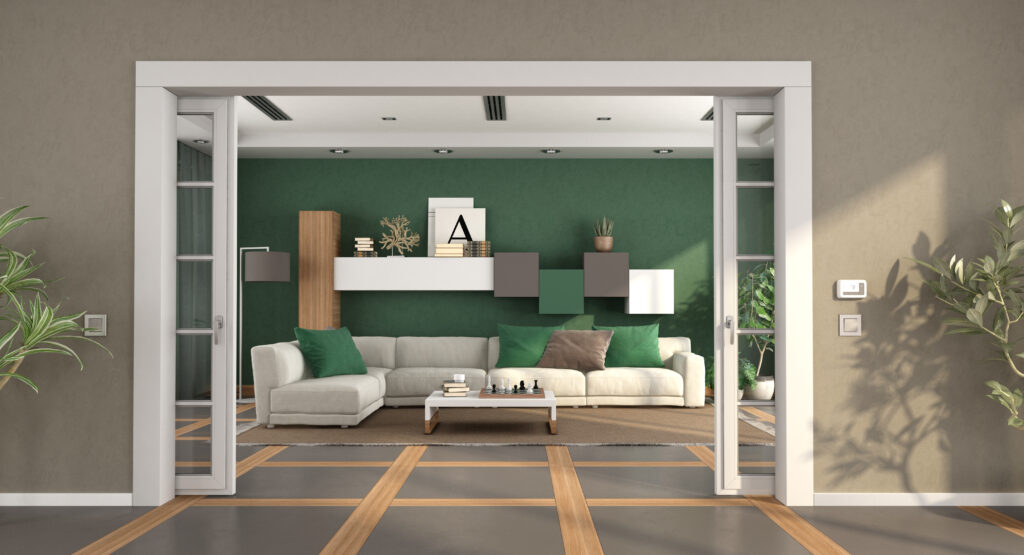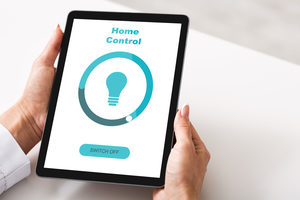Archive Daily Archives: June 2, 2021

Best Practices for Designing an Accessible Home
Designing a home for accessibility is not uncommon. In fact, 26% of adults in the U.S. live have a disability, with impaired mobility affecting a large portion of this demographic. Accessible home design is growing, allowing individuals to have a beautiful, functional aesthetic without compromising safety or style.

Planning for future needs doesn’t have to take away from a home’s beauty. Considering accessibility, sensory perception, colors, and noise reduction options can make a difference now and if needed in the future. A good architectural and design team can make these universal design accommodations while retaining beauty within the space.
Identifying the current and possible future needs helps the design team create a timeless design for accessibility that works. The following are elements in your home that need attention when designing for accessibility.
Entrances
A quick way to make things easier for accessibility is to have wide, flat entranceways. This helps individuals who are in wheelchairs or walkers have the space to move freely.
Ramps and Rails
Installing rails and matching wood floor ramps not only helps meet code requirements but helps maintain beauty and charm throughout the home.
Motorization
Motorizing otherwise manually manipulated items is a smart way to modernize your home’s functionality. Things that require moving large curtain panels may have been challenging for those with disabilities in the past. Installing motorized curtains or blinds is one way to make the home more manageable for people of all abilities.
Doors
Doors should be easy to open and levers as handles or sliding doors such as barn doors. These features make all the difference for accessibility while still maintaining high levels of a design aesthetic. In some cases, doors can be removed altogether, widening the spaces for a completely different feel.
Having accessibility throughout the home, especially in areas of high use, is key- countertops, restrooms, flooring, and appliances that make things easier all work together for functionality. Customization needs should be communicated to the architectural team well in advance, as well as uses for special spaces.
Colors
Colors also make a huge difference for people who may be having issues with their eyesight or on the autistic spectrum. As time goes on, choosing colors that are easy to distinguish different rooms adds a calming uniqueness while catering to individual needs.
Smart Devices

Now that smart homes are becoming the norm, upgrading technology throughout the home helps individuals with disabilities fully utilize all features while increasing their mobility and functionality. Smart devices that control light switches, appliances, and other appliances will age with the homeowners, providing a sense of security as they become more reliant on the assistance of those features.
These accessibility upgrades and changes provide safe spaces for any age. Implementing these types of modifications allows homeowners to age in place while enjoying all spaces within the home. Your design team must utilize best practices while planning for the home remodel, taking personal preferences, style choices, and architectural design into account.
Finding the right team that understands the client’s needs are the most important item on the list. Drafting Cafe Architects specializes in architecture and design that grows with their clients in functionality and aesthetics. For more information on how we can assist in designing a fully accessible home, contact us for a free estimate today.
